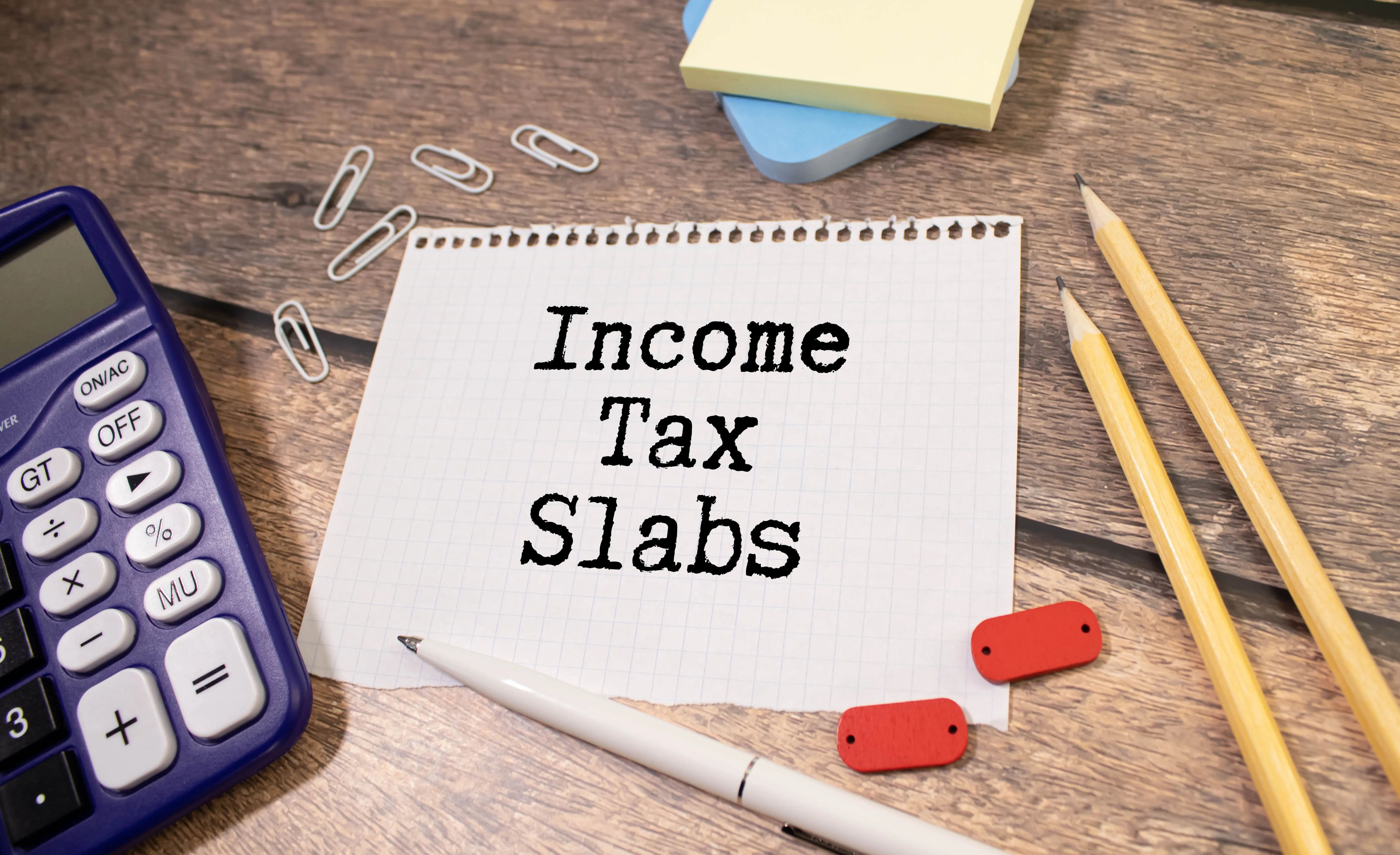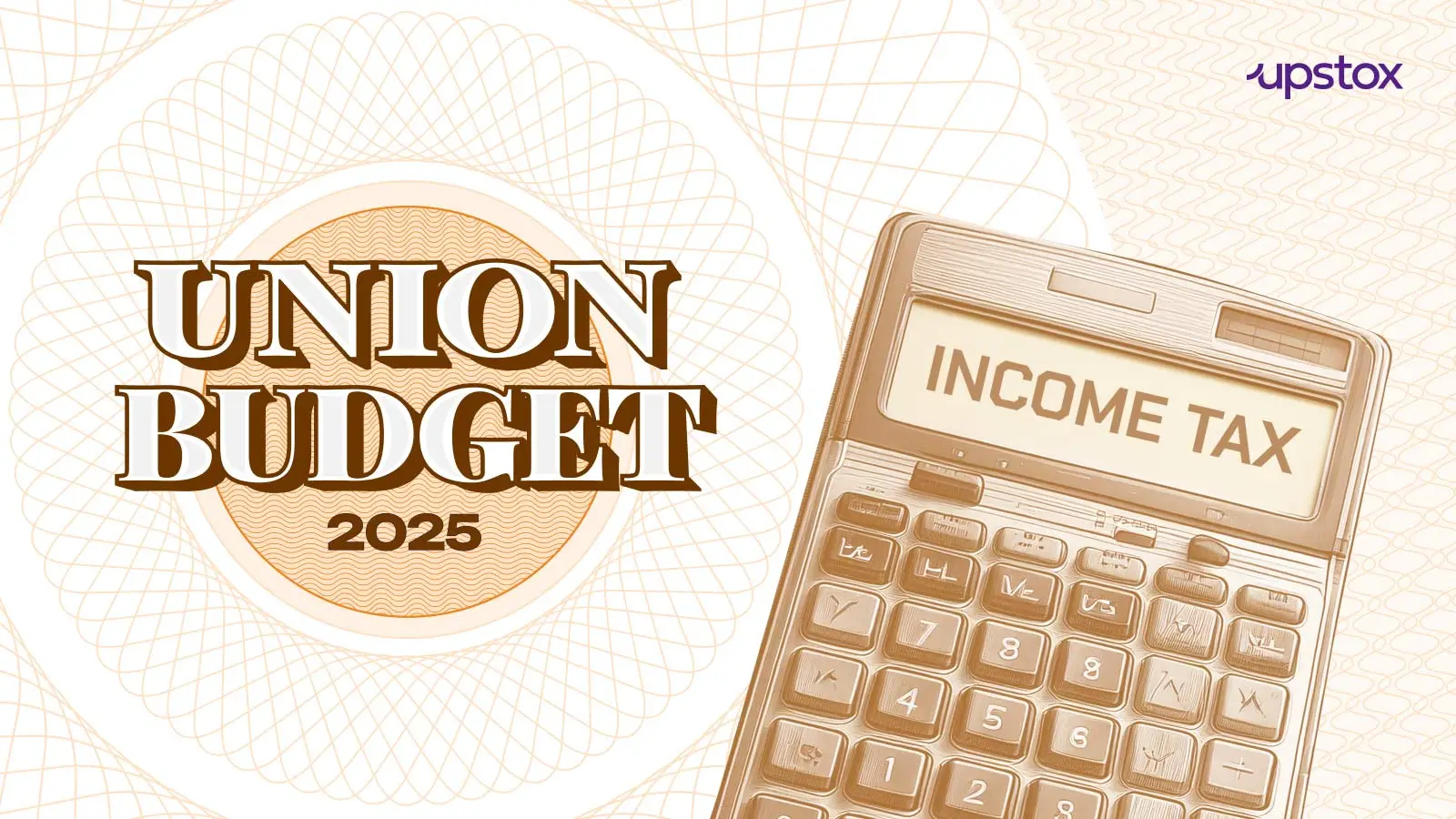Personal Finance News
New income-tax slabs and rates announced in Budget 2025; check details
.png)
3 min read | Updated on February 01, 2025, 14:01 IST
SUMMARY
FM says the following will be the new tax slab and rates in the new regime, that will make income up to ₹12 lakh tax-free. 0-4 lakh: Nil 4-8 lakh: 5% 8-10 lakh: 10% 12-16 lakh: 15% 15-20 lakh: 25% Above 25 lakh: 30%

Finance Minister Nirmala Sitharaman on Saturday announced that no income tax will be payable on income up to ₹12 lakh. Image | Shutterstock
Finance Minister Nirmala Sitharaman on Saturday announced major reforms in personal income tax, raising the no-tax limit under the new regime to ₹12 lakh, with salaried individuals benefiting from an additional standard deduction of ₹75,000.
Presenting the Union Budget in Parliament, Sitharaman emphasised the government's commitment to reducing the tax burden on the middle class, calling them a key pillar in India's journey towards becoming a developed nation.
“The middle class provides strength for India’s growth. This government, under the leadership of Prime Minister Narendra Modi, has always believed in their admirable energy and ability in nation-building,” she said. Under the revised tax structure, individuals earning up to ₹12 lakh annually will not have to pay any income tax. For salaried taxpayers, this limit will be ₹12.75 lakh due to the standard deduction benefit. The new tax slabs are as follows:
| Total Income | Rate of Tax |
|---|---|
| Upto ₹ 4,00,000 | Nil |
| ₹ 4,00,001 to ₹ 8,00,000 | 5% |
| ₹ 8,00,001 to ₹ 12,00,000 | 10% |
| ₹ 12,00,001 to ₹ 16,00,000 | 15% |
| ₹ 16,00,001 to ₹ 20,00,000 | 20% |
| ₹ 20,00,001 to ₹ 24,00,000 | 25% |
| Above ₹ 24,00,000 | 30% |
Sitharaman highlighted that a taxpayer with an income of Rs 12 lakh would save ₹80,000 in taxes, a 100% relief compared to the existing tax rates. Similarly, individuals earning ₹18 lakh will see a reduction of ₹70,000 (30% of tax payable earlier), while those with an income of Rs 25 lakh will benefit from a tax cut of ₹1.1 lakh (25% of previous tax liability).
Under Income-tax Act, 1961, taxpayers have been given the option by the finance ministry to choose between two tax regimes – the old regime and the new regime.
In FY 2020-21, the new tax regime came into force, which offered concessional tax rates with limited deductions and exemptions.
The new tax regime has become the default tax regime for an individual taxpayer and HUF (Hindu Undivided Families) from FY 2023-24.
The old regime has higher tax rates than the new regime but offers multiple deductions and exemptions under various sections of the Income-tax Act, 1961.
If a taxpayer has opted for the old tax regime, then he/she becomes eligible to claim up to 70 tax exemptions and deductions. These include House Rent Allowance (HRA), Leave Travel Allowance, standard deduction, and deductions under Sections 80C to 80U, among others.
After subtracting the eligible deductions from the gross annual income, taxpayers can arrive at their total taxable income on which income tax has to be calculated as per the applicable slabs under the old tax regime.
Related News
By signing up you agree to Upstox’s Terms & Conditions
About The Author
Next Story


